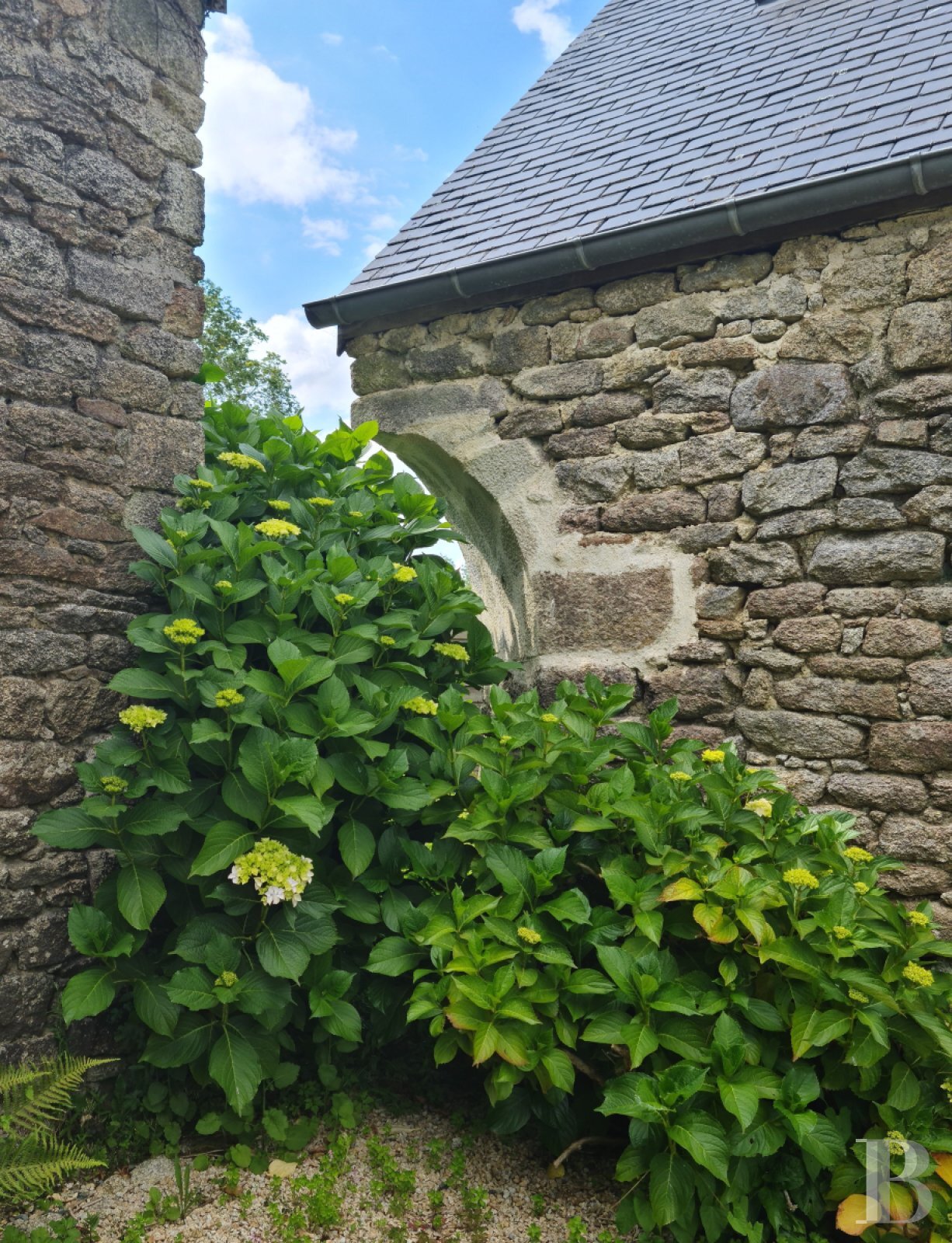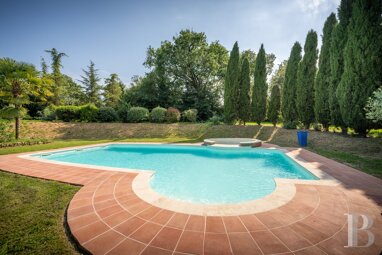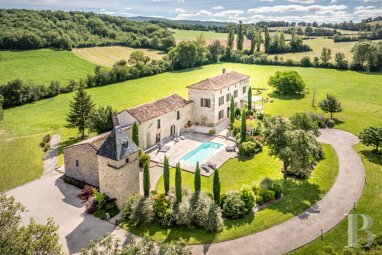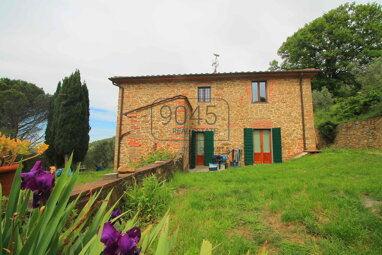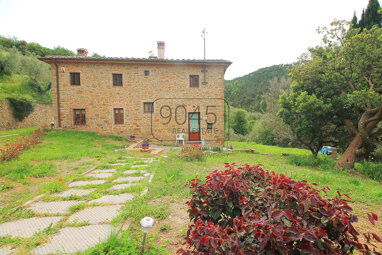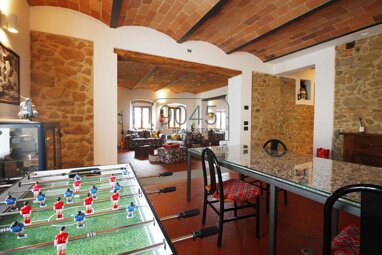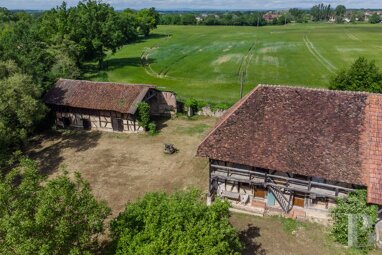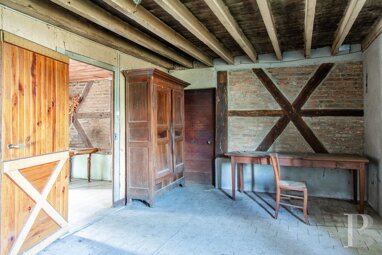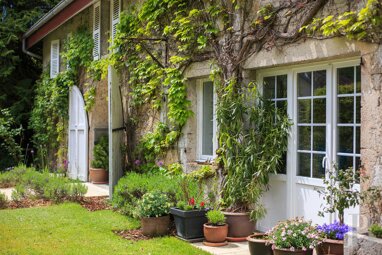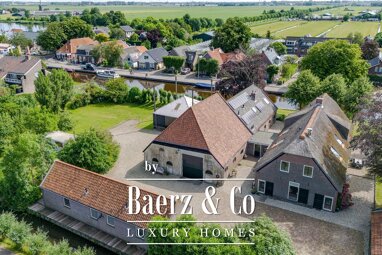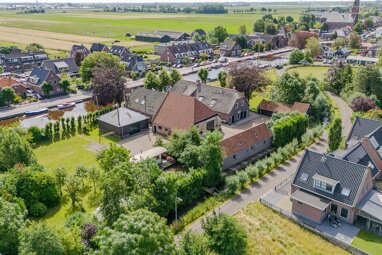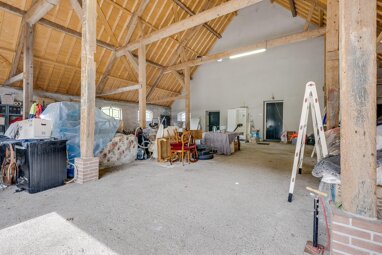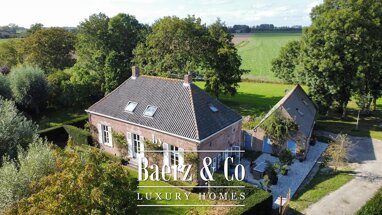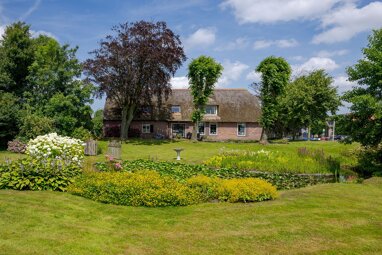In southern Brittany, nestled in the land of megaliths, a group of rural dwellings, 5 kilometres from the beach - ref 747197
In southern Brittany, nestled in the land of megaliths, a group of rural dwellings, 5 kilometres from the beach.
In the historical Breton region of Cournouaille, at the western tip of the Finistère department, 20 minutes from the high-speed rail station in Quimper, Cape Caval is a land of traditions facing the ocean. While its coastline contains a string of hamlets ideal for seaside pleasures and water sports, inland, the wooded countryside alternates between woods, meadows, embankments and fields for market gardening and growing flowers. The local heritage abounds with chapels, fountains and authentic villages, here and there punctuated by Neolithic vestiges.
The property is located at the end of a country road, which traverses a wood, goes around the basin of a former wash-house, passes low stone walls and flowerbeds at the base of the buildings, before finally arriving at the former "courtyard" farm. The whole was built in successive stages, starting with the building from the first quarter of the 17th century. Today, it presents six edifices organised into a rectangle around an open courtyard and a well. The large wing, located in the middle of the courtyard's northern edge and facing south, is made up of two adjacent sections aligned with the original dwelling. Opposite is the main dwelling, while the second dwelling forms the eastern border and the outbuilding, used as a barn, is to the west.
The Main DwellingEntirely renovated in 2013, its architecture is simple and rustic, without any particular ornamentation. Edified in irregular whitewashed granite rubble stone masonry, it is oriented north to south and has two storeys. Extended to the south by a patio surrounded by a low stone wall, the building is accessible via its northern façade, facing the well, where a straight flight of stone stairs along the façade supplements the interior access. The northern side of the slate roof has two skylights and a hayloft door, opening onto the landing of the exterior staircase while, on the southern side, four large skylights look out over the landscape. The ground floor has three windows to the north, two others to the south, as well as glass doors. The lintels and jambs for all the windows and doors are in ashlar stone and the house's gable ends are windowless. To the west, the quarter sphere vault of the former bread oven abuts the building.
The ground floor
From the central courtyard, a door opens onto a closed space, which represents the dwelling's entranceway. This leads to a vast open living room, which extends over the entire length of the house and takes advantage of dual-aspect natural light provided by the six windows. A cosy space was created in its western end, around a fireplace with a closed hearth. To the east, a contemporary fitted kitchen was designed with a central island and a wood-fired cooking range. A lavatory is also available on this level.
The upstairs
This floor is accessible via a straight open-riser staircase and includes three bedrooms, illuminated by skylights, as well as a bathroom with a shower and lavatory. On the landing, the hayloft door provides access to the courtyard via the outside stone staircase.The Second DwellingOriented east to west, it immediately catches visitors' attention. Edified as a house at the end of the 19th century, it was renovated in 2004. With two floors and façades composed of even, horizontal courses of rubble stone masonry, the building is cadenced by symmetrical windows with ashlar stone surrounds. On either side of the slate roof, are four large contemporary dormer windows with flat slate roofs and sides. A parking area was created next to its eastern façade, along the country road.
The ground floor
Currently used as professional ...



